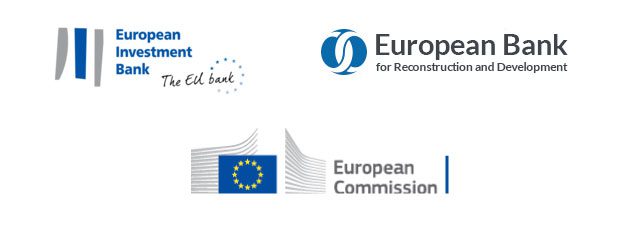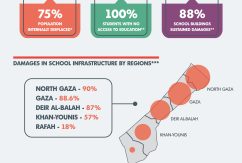Trade and Competitiveness Facilities/NIP – EIB & EBRD


Brief description
These two facilities are regional blending mechanisms, financed under the Neighbourhood Investment Platform (NIP) with EIB and EBRD to provide finance for SMEs, which are part of industrial clusters and value chains. The two Facilities aim to address limited access to finance for SMEs as well as productivity and quality challenges that impede exports and integration in value chains.
The programmes in Morocco, Egypt, Tunisia, and Jordan support SME capex investments to increase value addition, expand operations, introduce new products, services, processes, marketing and distribution channels. Beyond access to finance, they also provide capacity-building, training, and advisory services to SMEs to improve productivity, sustainability, and quality standards.
In addition, value chain diagnostics and cooperation with sector associations are foreseen to better target investment opportunities.
Objectives
The Programme aims at building stronger value chains. It aims at enhancing the competitiveness of local SMEs that work with aggregators/sponsors/off-takers (e.g. export-oriented buyers, local processing companies) in the sectors of agribusiness, manufacturing and services, property (logistics/distribution), as well as ICT.
The objective is to support SMEs’ shift from lower value-added production to more knowledge-based/skills-intensive production, repositioning traditional sectors in the context of stronger and more export-oriented value chains.
Improved value chains will support SMEs in innovating processes and production and will contribute to increasing access to the EU market.
Actions in brief
- Providing wider access to finance for SMEs, in the form of a Risk Sharing Facility. This would enable local intermediary banks to take more risk and reach out to underserved segments of the economy.
- Building capacity of financial intermediaries, final beneficiaries, and authorities to support the implementation of the project.
- Improving competitiveness of selected sectors and therefore prospects for trade.






























